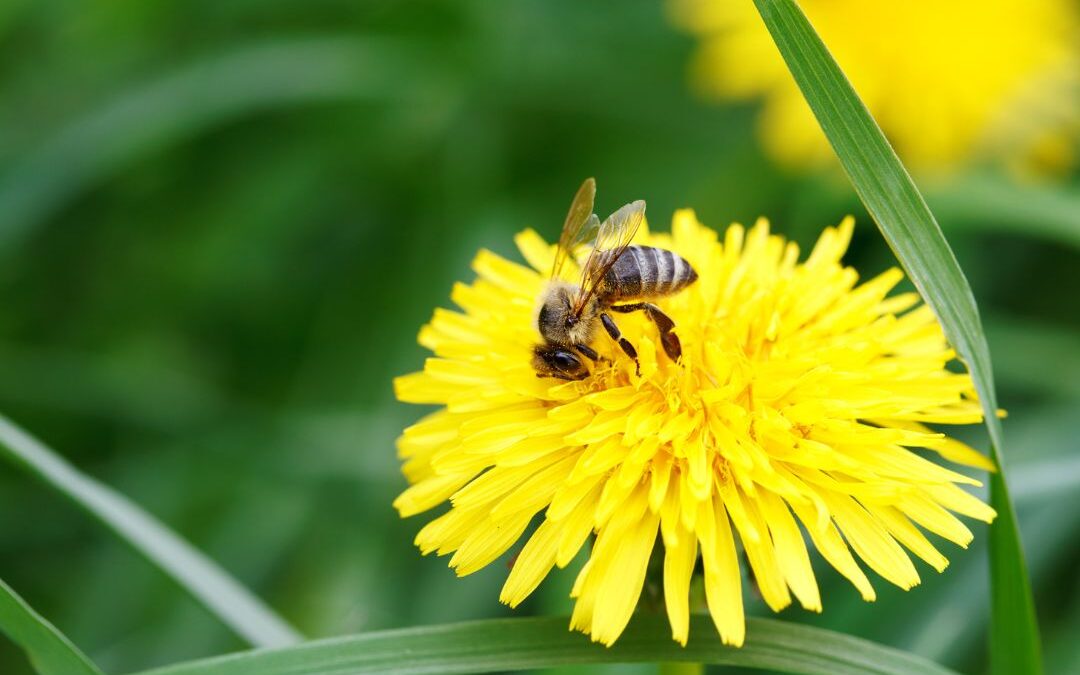While it’s true that our bees need our help. The fact is that we need them way more than they need us.
We have 100 crop species which feed 90% of the world. Of those 100 plants, 70 of them are pollinated by bees. If we lost our bees, not only would we lose those plants, but also all of the animals that eat those plants, and all of the animals that eat those animals. And that repeats all the way up the food chain.
Why are our bee populations declining?
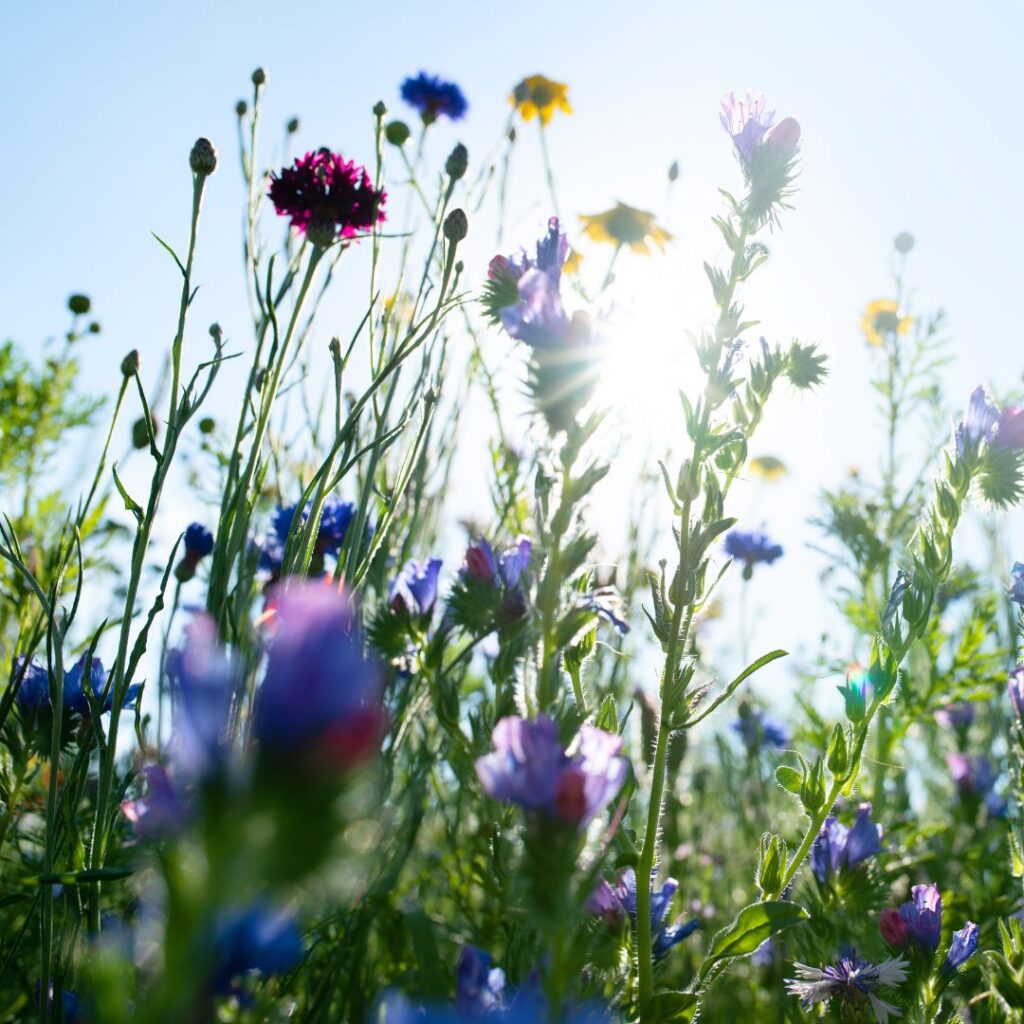
There are a variety of reasons such as varroa mite, an increase the use of pesticides both in the home and commercially, climate change and the fact that we have less flower meadows.
But the good news is that we can help them.
How to minimise the impact of pesticides on bees
Bees stay in their hive when it’s cold. Once the thermometer hits 10 degrees Celsius, they’re out the door foraging. The warmer it gets, the more active they become. So if you need to apply a pesticide in your garden do it when temperatures are below 10 degrees.
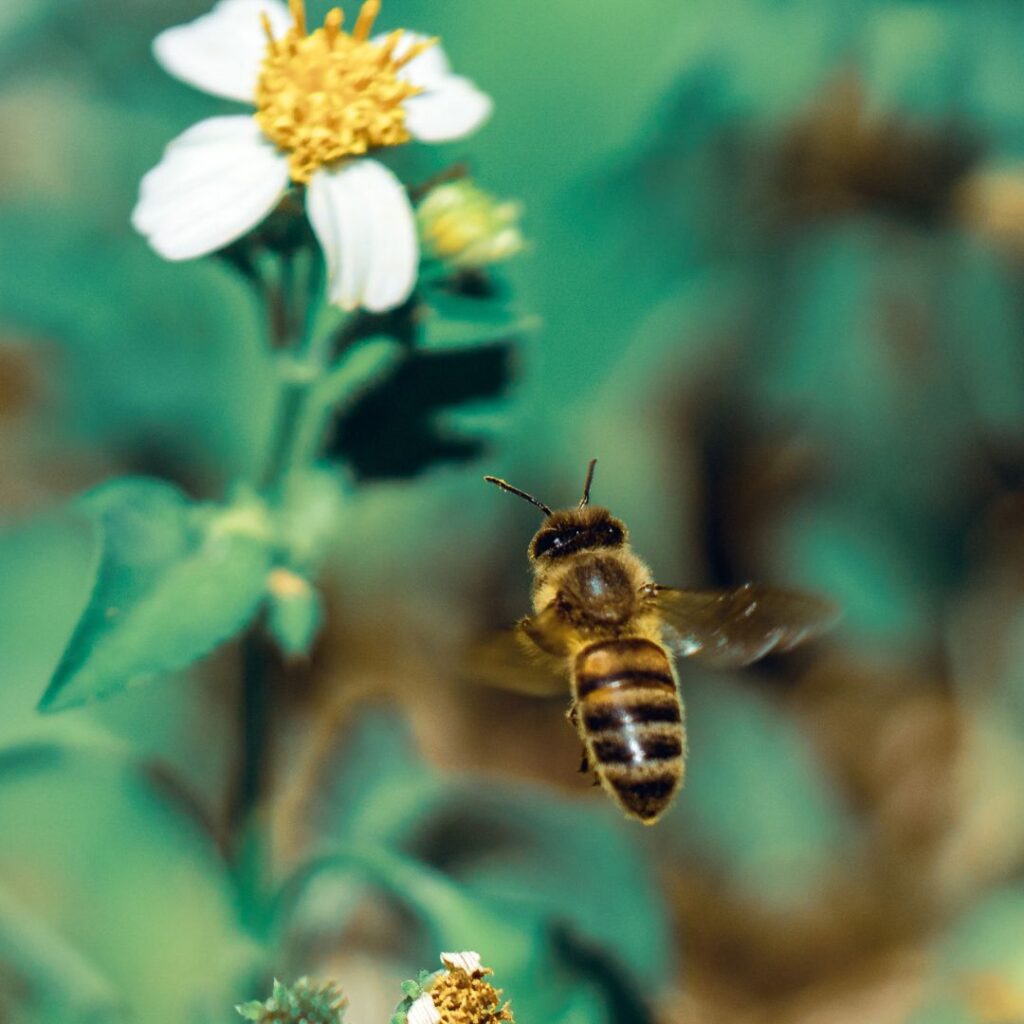
When it’s warm, bees can fly up to 13 kilometres, although most of the foraging is done closer to home.
They don’t fly in the rain or in high winds.
Wherever you can use natural or organic pesticides, fertilisers and herbicides. For example, build ladybird houses and put it next to your aphid prone plants rather than spraying them. Like most of us, ladybirds, prefer a warm spot out of the wind.
Create Bee friendly water sources
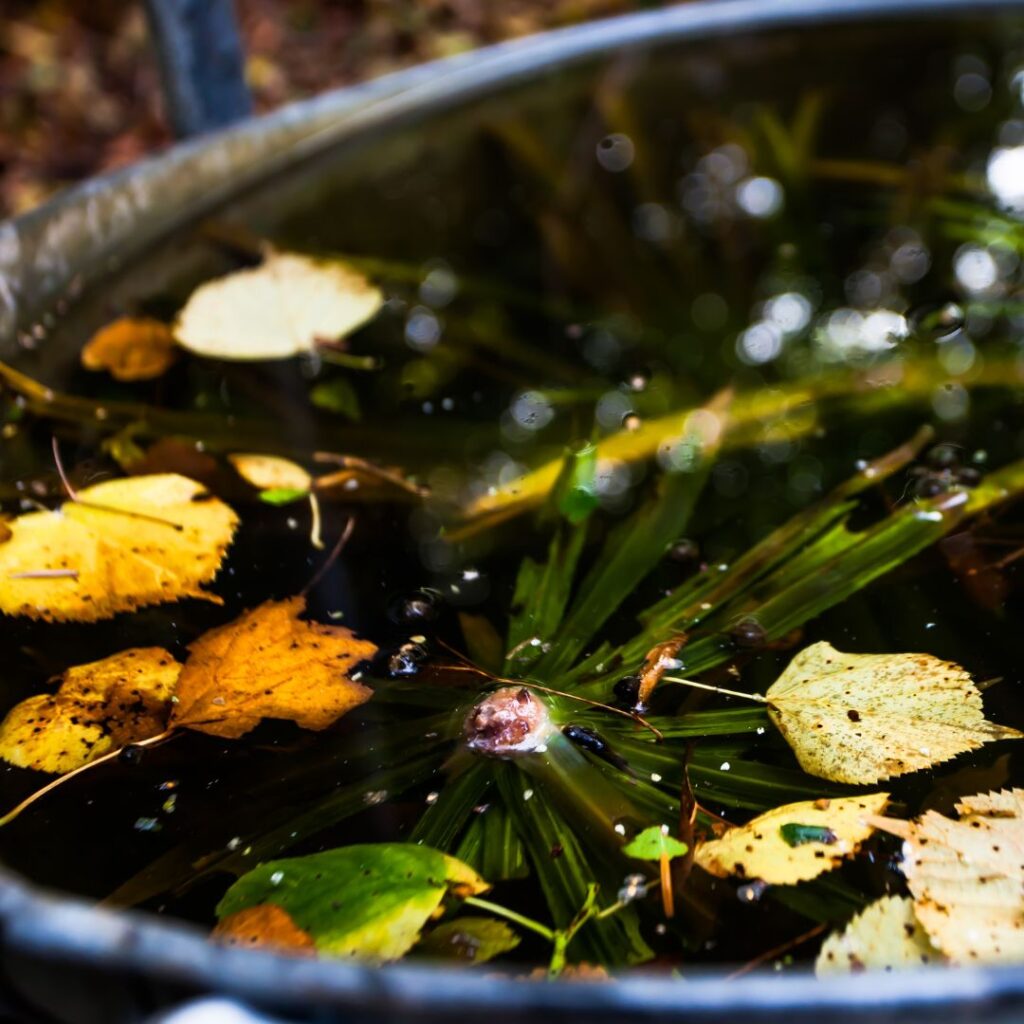
Lay down a shallow dish and fill it with water.
Add some twigs and stones so that they’ve got somewhere to rest while they’re having a drink.
Keep it topped up ensuring the water is clean and pesticide free.
If you see a bee that seems to be a bit tired, give her a boost by providing a simple sugar syrup. Dissolve two teaspoons of white granulated sugar in one teaspoon of water. Never use honey. Place it on a plate beside the tired bee or on a flower near where she’s resting and leave her to it.
plant bee friendly plants
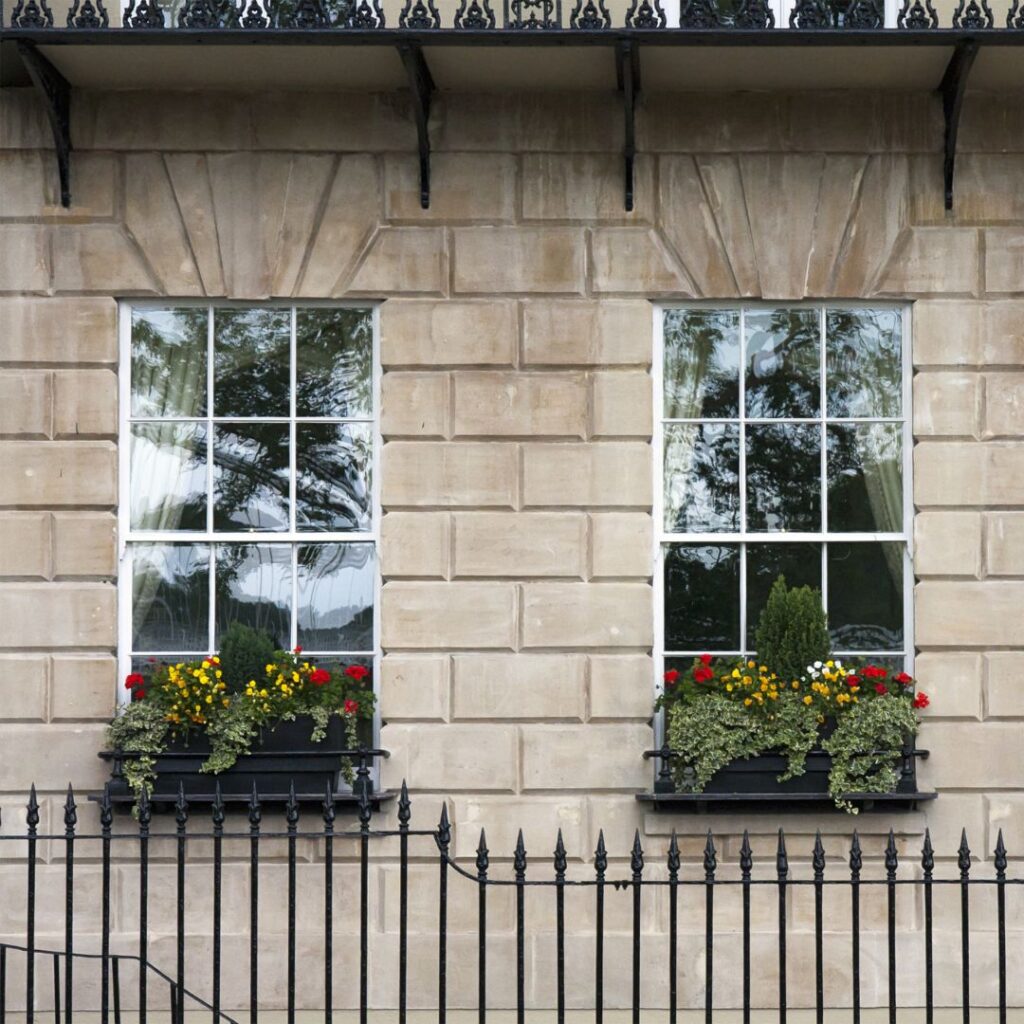
My favourite bee friendly tip is to fill the garden, window boxes or balcony pots with bee friendly plants. They feed your soul as well as the bee.
Bees collect nectar or pollen depending on the time of year so it’s a good idea to have plants that flower throughout the year.
My favourite bee friendly plants are borage, rosemary, lavender, basil, thyme and lemon balm. Create a cottage garden feel by adding some foxgloves to it.
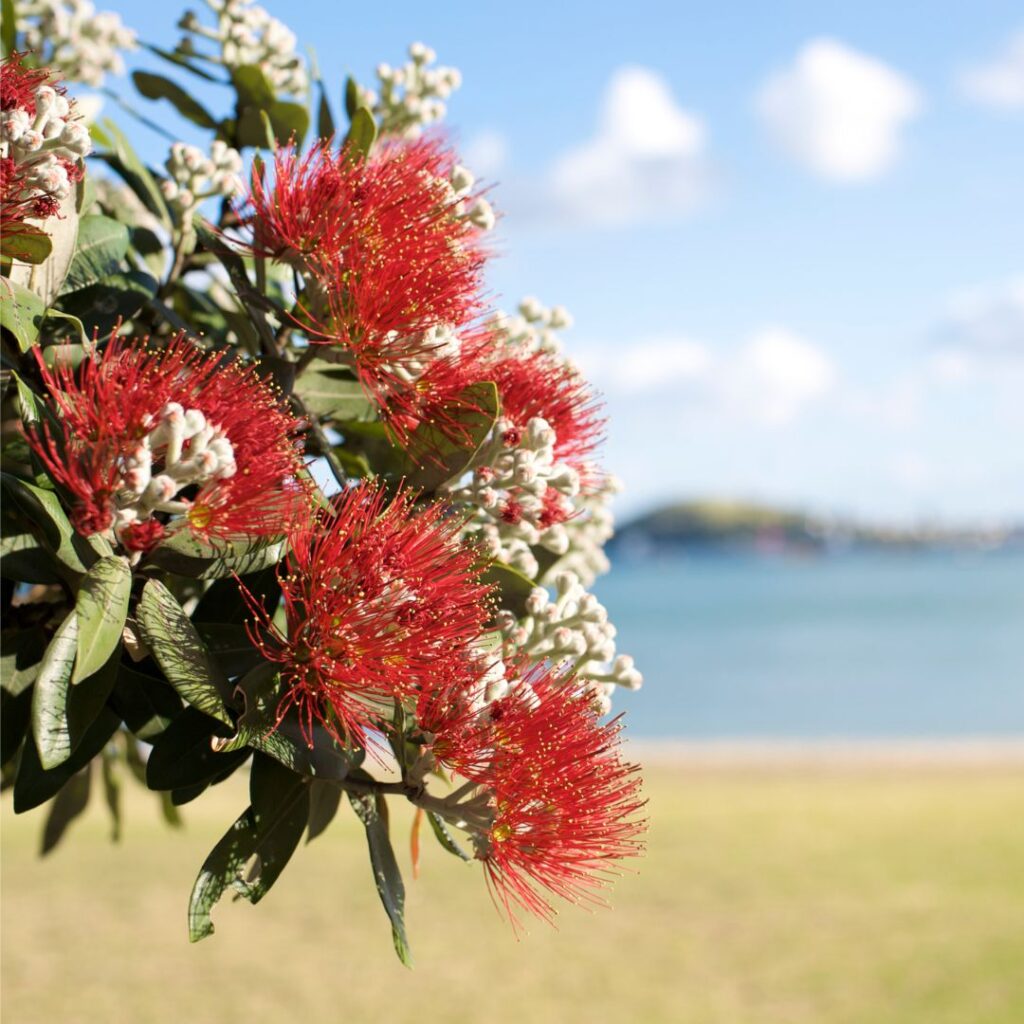
If you want to plant some New Zealand native trees consider New Zealand Jasmine, New Zealand flax, Pohutakawa or Rewarewa.
Think cluster planting rather than individual plants so plant them in groups of three or five. And if you’re not using your lawn for kicking a ball or a bit of cricket, consider converting it into a wildflower meadow.
Many councils are starting to plant roadside verges with wildflowers. Not only are they pretty, but they also provide an additional food source for our bees. So encourage your council to plant for our bees.
What is a bee’s favourite colour?
Their favourite colours are blue and yellow, and they like their flowers to have a broad landing pad or a long tubular flower where they can go in and collect the nectar in the bottom.
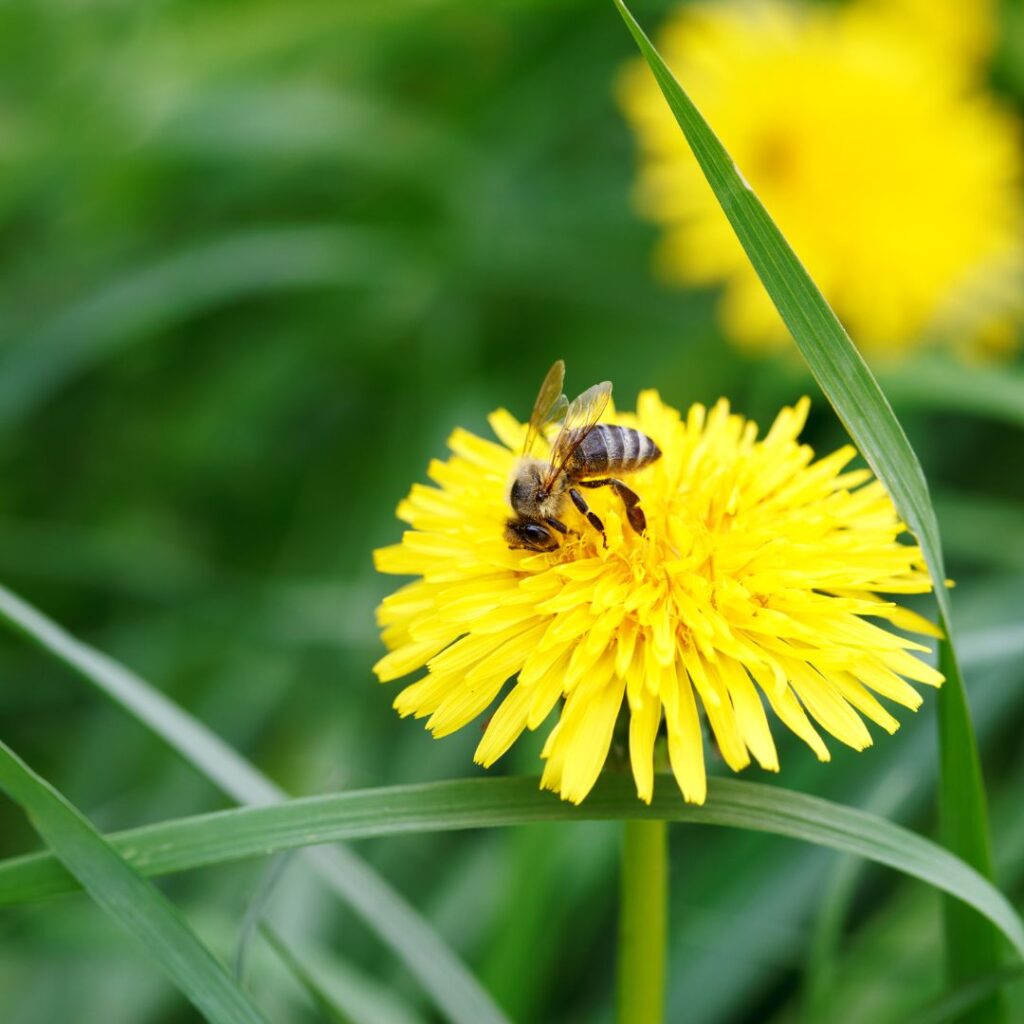
Not everybody’s favourite lawn addition, but if you’re a bee, you can’t beat a good dandelion. So please don’t spray them. They flower all year long and they’re a great source of pollen. And if you can cope with it, let your lawn grow a bit before lopping off those dandelion heads with the lawn mower.
Don’t forget the bumblebees.
They’re fond of sage, a nice big verbascum shrub, some snapdragons and thistles. Bumblebees nest in the ground, so help them out by creating spaces between rocks and bricks, a twig ensemble, or buy a ready made Bumblebee house.
What will you do to help our bees?
Bees have a way of capturing your heart so get the whole family involved by devising hidey houses and water sources. Get the kids involved in planning and planting your cottage garden or your native wildflower meadow. They’ll return the favour by pollinating your fruits and veggies as well as your flower beds.
If we all did just one thing, we’d help our gardens to thrive and we’d leave the world a better place for our children’s children.

